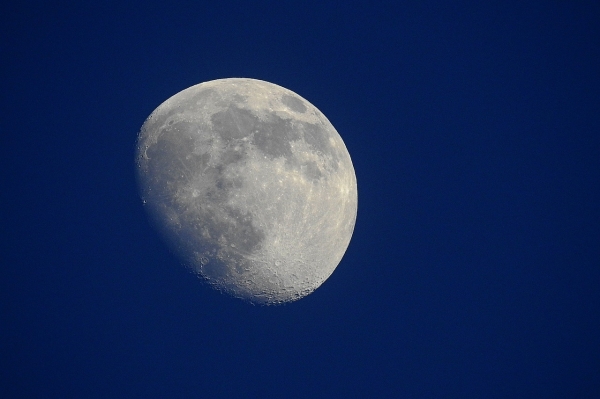Volcanic activity may have reset geological clock of samples used to measure Moon’s age.
Much about the Moon remains shrouded in mystery, including its age. Analyses of samples brought back from the lunar surface indicate our celestial sidekick could be about 4.35 billion years old, which means it came to be at about 200 million years after the formation of our solar system.
But that immense lag doesn't sit well with some scientists. During the solar system’s early days, debris and planetary bodies collided and coalesced to form planets. By 200 million years, most of this chaotic debris had been swept up into larger bodies. Thus, many scientists who simulate the solar system’s evolution see the idea of a massive collision forming the Moon this late as improbable.
In an "idea paper" published on December 18 in Nature, UC Santa Cruz Professor Francis Nimmo and his co-authors propose a possible explanation for this discrepancy: that the Moon underwent a "remelting" 4.35 billion years ago due to the tidal pull of Earth causing widespread geological upheaval and intense heating. They say this remelting would have "reset" the age of the lunar rocks —masking the Moon’s true age with what could be likened to a volcanic facelift.
Read more at University of California - Santa Cruz
Photo Credit: ValFulpen via Pixabay
Sci/Tech Top Stories
